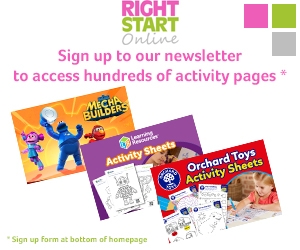Women doing it for themselves
Published
In the past 10 years, there’s been a 54 per cent increase in mums leaving full-time employment to go freelance, with a sharp acceleration in the past 12 months, says research from The Association of Independent Professionals and the Self Employed.

Based in the north, Creative Allies are a creative network busy opening up the Leeds and Manchester corridors. They say that more and more mums are turning to freelance work as it offers flexibility at a time when child care is costly and can be hard to find. Director of Creative Allies, Pavan-Riyat Ward, offers seven steps to carving a successful freelance career for parents:
1. Do all the sensible stuff first
Have some savings in the bank. It will take you a few months to get paid. Ensure you set your payment terms with your clients – 30 days is standard but be prepared for this to be 60/90 days on occasion. It’s a bonus if one parent can be in solid employment while the other sets up their freelance business.
2. Register your company
It makes accounting and taxes much more manageable and keeps your personal finances separate from work. Use these details on all invoices. Remember to put money to one side for your annual tax return as you go along.
3. Get all over admin
It’s easy to get busy with the work, but you must stay on top of your admin, invoices and chasing invoices.
4. Do your research & believe in yourself
It can be quite daunting leaving a full-time role to become a freelancer. The benefit of getting a guaranteed paycheck verses waiting to be paid is sometimes a barrier. Try to chat to as many people as you can in the industry about going freelance and see what the freelance market in your area is like.
5. Be confident with your rate
Research your rate, chat to other people who do your job and find out the going rate. Don’t be afraid to ask for a fair rate for your role. Try to limit the negotiations you do as much as you can, be confident that you’re worth your full rate.
6. Network, network and social network
LinkedIn is a good channel for this or register with a network such as Creative Allies. Invite old colleagues out for coffee and ask them if they know anyone you should speak to. Go to networking events and hand out your business card. Set up a website and an Instagram for yourself and add everyone you know in the industry. Always ask for permission to use any work you show.
7. You’re only as good as your last client interaction
Remember to leave a lasting impression on your clients. If you’re working from home make sure you update them on your progress so they can relax. If you have to tackle a tricky scenario with them make sure that the last impression they come away with is that you’re genuine, hard-working and want to help them get the job done. Don’t be afraid to say no to a project that isn’t for you.
Visit www.creativeallies.co.uk






